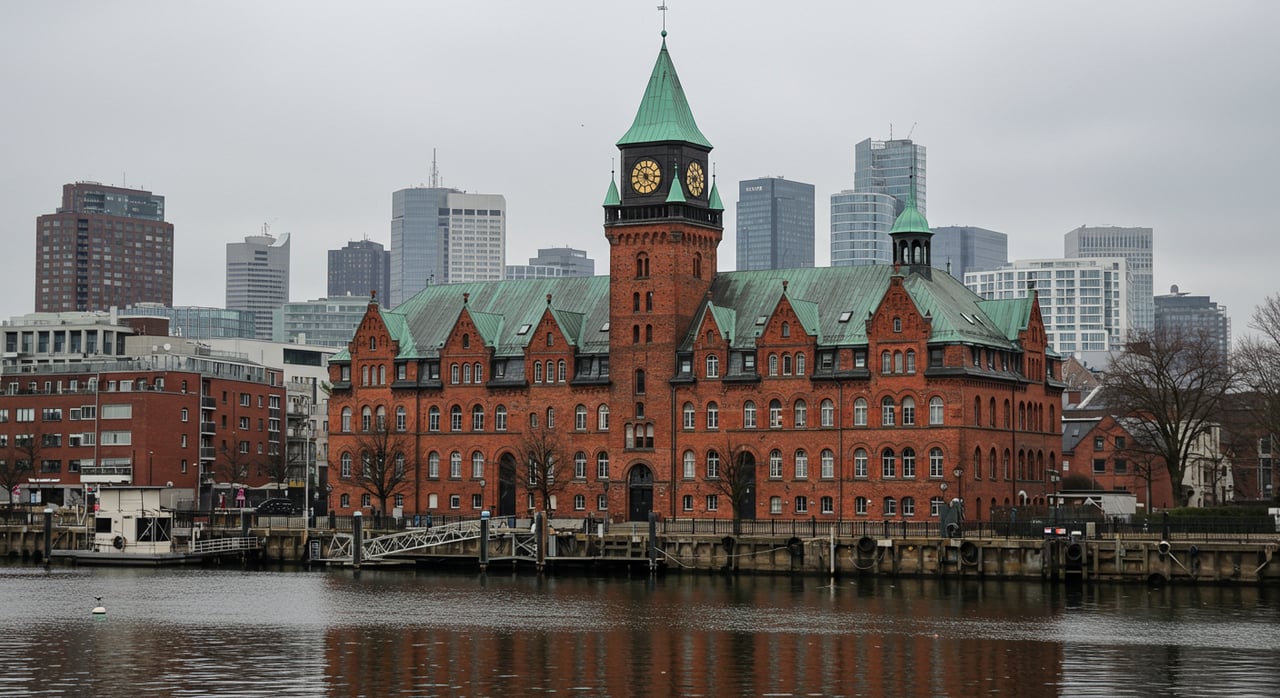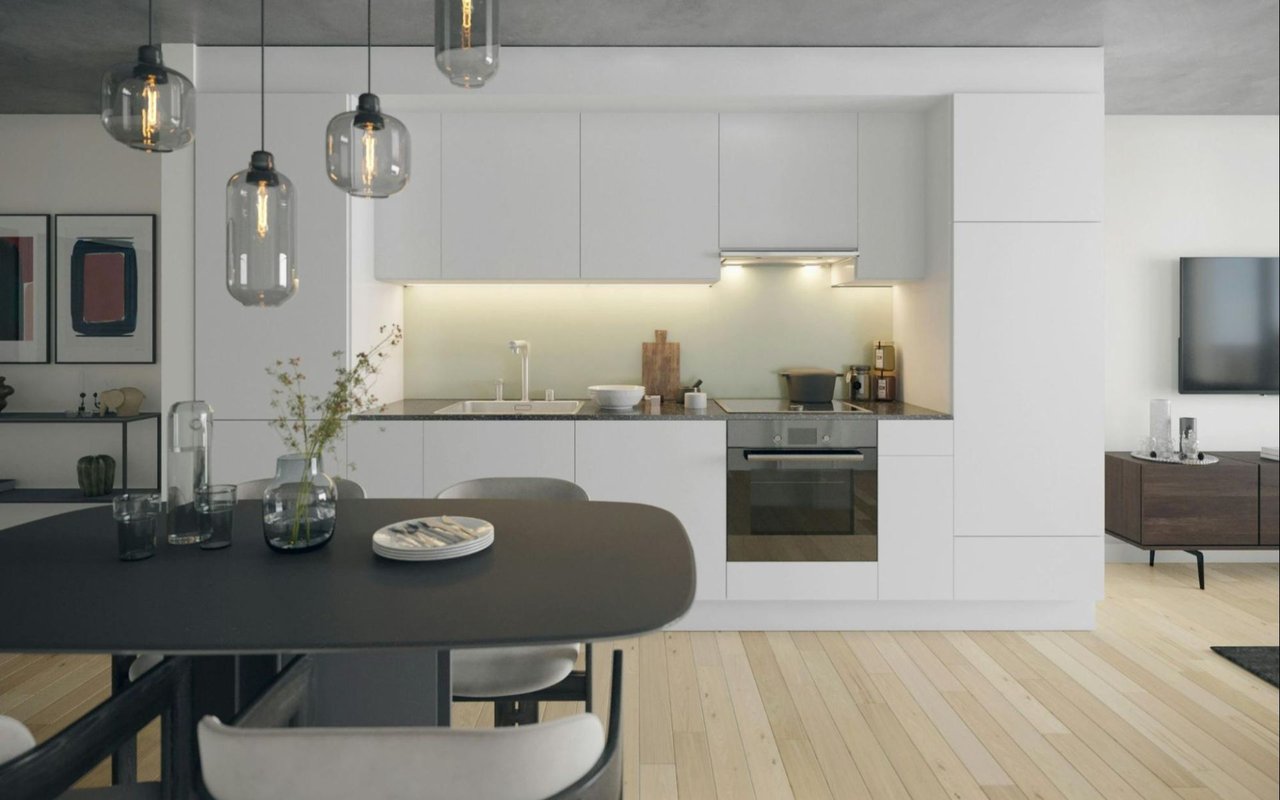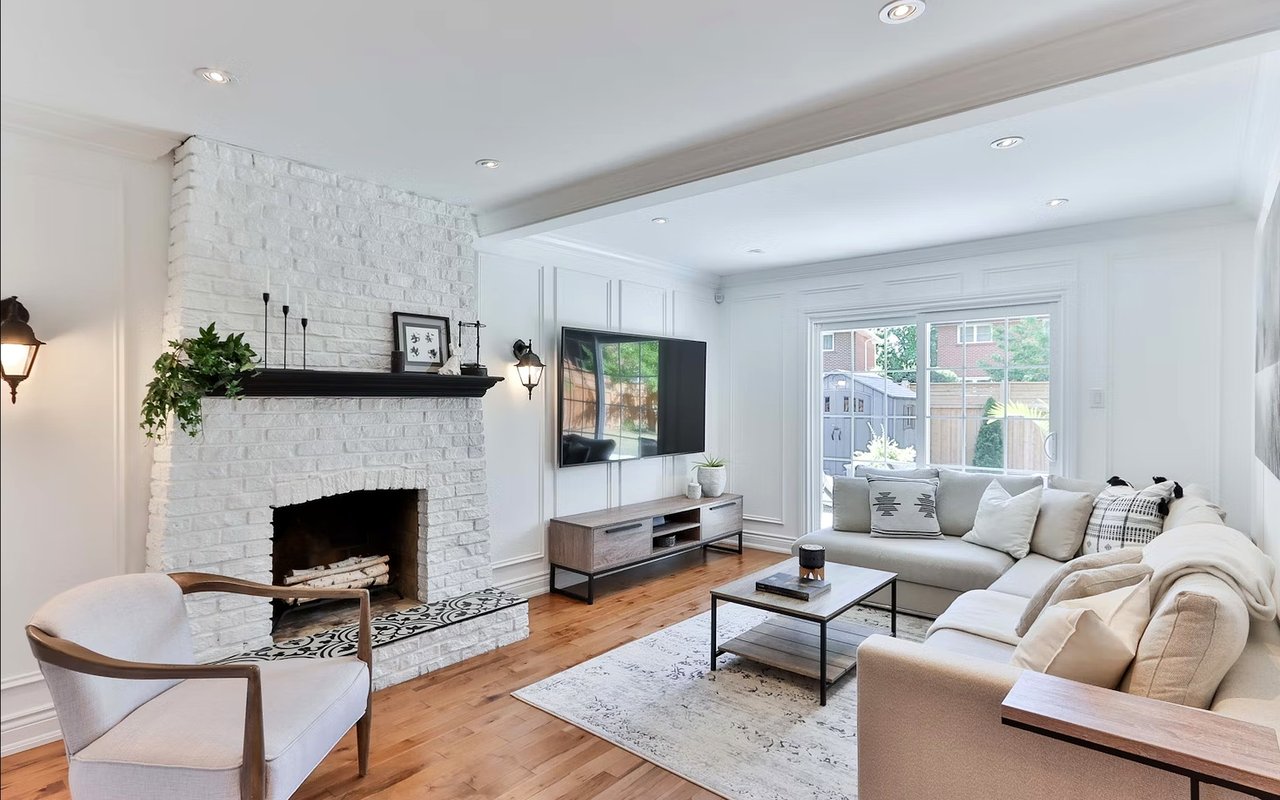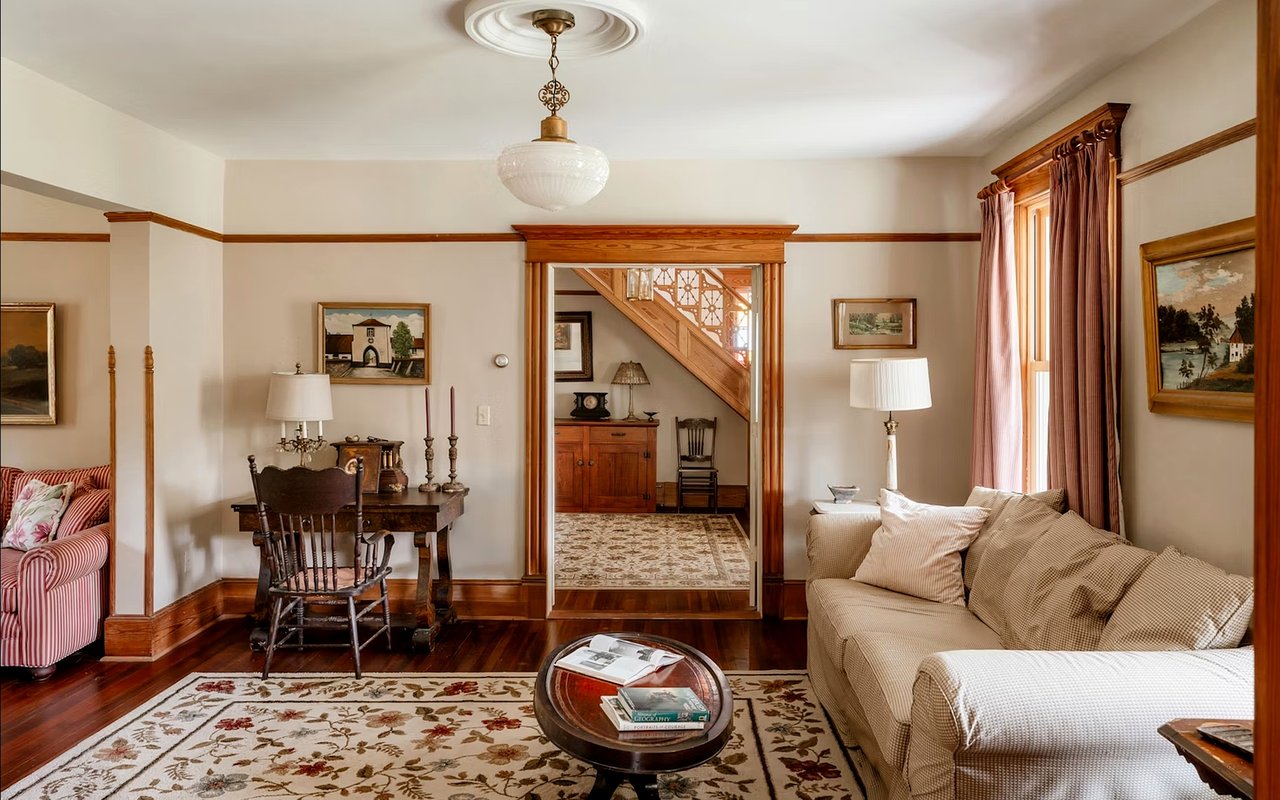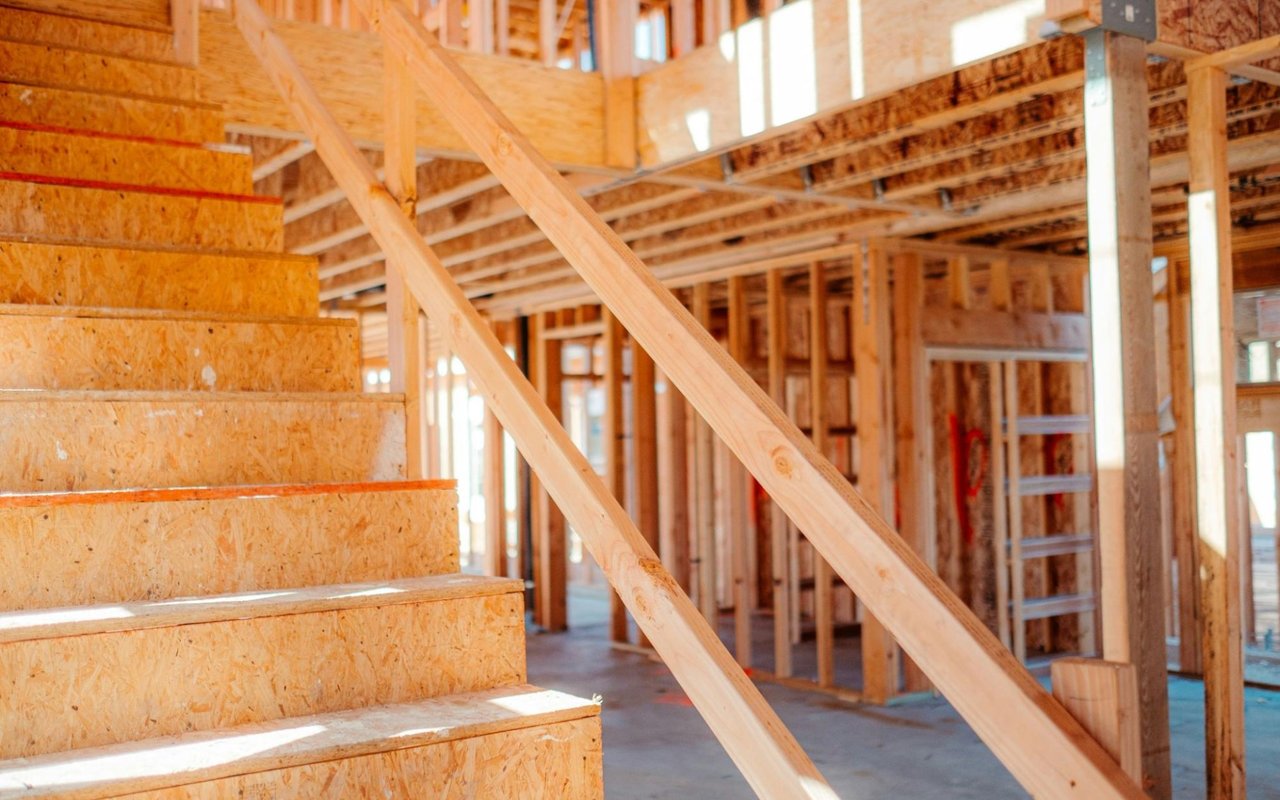Jersey City, NJ, a vibrant and diverse urban landscape, boasts a rich architectural heritage that reflects its storied past. Among the most notable historic landmarks is the Jersey City Free Public Library. Established in 1899, this iconic building is a testament to the city's commitment to education and community. The library's Beaux-Arts design, characterized by grand columns and intricate detailing, offers a glimpse into the architectural trends of the late 19th and early 20th centuries.
Another significant historic structure is the Loew's Jersey Theatre, an opulent movie palace opened in 1929. This majestic building, with its lavish interiors and stunning facade, exemplifies the grandeur of early 20th-century entertainment venues. The theater's ornate design features an array of classical elements, including marble columns, crystal chandeliers, and intricate plasterwork, making it a cherished cultural and architectural treasure in Jersey City.
Modern Marvels
Jersey City is not just about its historical architecture; it is also home to a range of modern buildings that highlight contemporary design principles. The Goldman Sachs Tower, the tallest building in New Jersey, is a prime example of modern architecture in the city. This sleek, glass-clad skyscraper, rising 781 feet, symbolizes the city's economic growth and its position as a key player in the financial sector.
The Newport neighborhood, a master-planned community on the waterfront, features several modern residential and commercial buildings. The neighborhood's design incorporates green spaces, public art installations, and pedestrian-friendly pathways, showcasing a commitment to urban living that prioritizes both functionality and aesthetics. The architectural style here blends clean lines and innovative materials, creating a dynamic and visually appealing environment.
Adaptive Reuse Projects
Jersey City has also embraced the trend of adaptive reuse, where old industrial buildings are transformed into modern residential and commercial spaces. A prime example of this is the Dixon Mills complex, originally a pencil factory in the 19th century. Today, it has been converted into a residential complex offering loft-style apartments while retaining many of its original architectural features, such as exposed brick walls and large, industrial windows.
Another noteworthy adaptive reuse project is the Hamilton Park area, where historic brownstones and former factories have been repurposed into chic lofts, trendy cafes, and boutique shops. This blend of old and new architecture not only preserves the city's industrial heritage but also injects new life into these historic structures, making them relevant and functional for contemporary use.
Residential Elegance
Jersey City's residential architecture is as diverse as its population. The city offers an array of housing options, from historic brownstones and Victorian homes to sleek, modern high-rises. In neighborhoods like Paulus Hook and Van Vorst Park, tree-lined streets are adorned with 19th-century row houses that exude charm and elegance. These homes often feature classic architectural elements such as bay windows, decorative cornices, and ornate ironwork, reflecting the craftsmanship of a bygone era.
In contrast, areas like the Waterfront and Downtown Jersey City are home to contemporary residential buildings that cater to the modern urbanite. These developments often include amenities such as rooftop gardens, fitness centers, and concierge services, providing a luxurious living experience. The architectural design in these areas emphasizes open floor plans, large windows, and sustainable building practices, aligning with the latest trends in urban living.
Cultural Institutions
Jersey City's architectural landscape is also enriched by its cultural institutions, which often occupy buildings of significant historical and architectural value. The Mana Contemporary, a leading arts center, is housed in a former tobacco warehouse. This adaptive reuse project has preserved the industrial character of the building while creating a vibrant space for artists, galleries, and cultural events. The center's design integrates raw industrial elements with modern art installations, creating a unique and inspiring environment.
The Jersey City Museum, another cultural landmark, is located in a historic building that has been meticulously restored. The museum's architecture blends classical and contemporary elements, providing a fitting backdrop for its diverse collection of art and historical artifacts. These cultural institutions not only contribute to the city's artistic and educational landscape but also highlight the importance of preserving and repurposing historic buildings.
Educational Institutions
Jersey City is home to several educational institutions with noteworthy architecture. Saint Peter's University, founded in 1872, features a mix of historic and modern buildings that reflect the evolution of the campus over time. The university's Gothic Revival buildings, with their pointed arches and detailed stonework, provide a sense of tradition and permanence.
New Jersey City University, another key educational institution, boasts a blend of architectural styles. The Hepburn Hall, the university's main administrative building, is an example of Collegiate Gothic architecture, characterized by its stone facade, arched windows, and decorative elements. The university's campus also includes modern structures that incorporate sustainable design principles, demonstrating a commitment to both historical preservation and contemporary innovation.
Waterfront Development
The revitalization of Jersey City's waterfront has been one of the most significant architectural and urban planning achievements in recent years. The Exchange Place neighborhood, often referred to as "Wall Street West," features a collection of modern office towers and residential buildings that offer stunning views of the Manhattan skyline. The architectural design in this area focuses on maximizing natural light and incorporating green building practices, creating a sustainable and visually striking urban environment.
Liberty State Park, another key waterfront development, combines natural beauty with architectural innovation. The park's design includes recreational facilities, walking paths, and public art installations, all set against the backdrop of the historic Central Railroad of New Jersey Terminal. This iconic building, with its distinctive clock tower and Victorian Gothic architecture, serves as a reminder of the city's rich transportation history while providing a gateway to one of the most popular green spaces in Jersey City.
Discover Jersey City with Team Francesco
Jersey City's architectural landscape is a testament to its rich history, cultural diversity, and forward-thinking urban planning. From historic landmarks and adaptive reuse projects to modern marvels and waterfront developments, the city's architecture offers something for everyone. Whether you're drawn to the charm of historic brownstones, the elegance of modern high-rises, or the innovative use of former industrial spaces, Jersey City has it all.
Explore the architectural wonders of Jersey City and discover the unique blend of history and modernity that defines this vibrant urban landscape. For more information on properties and architectural highlights in Jersey City, NJ, contact
Team Francesco. Let Team Francesco guide you in finding your perfect home in this dynamic and architecturally rich city.
